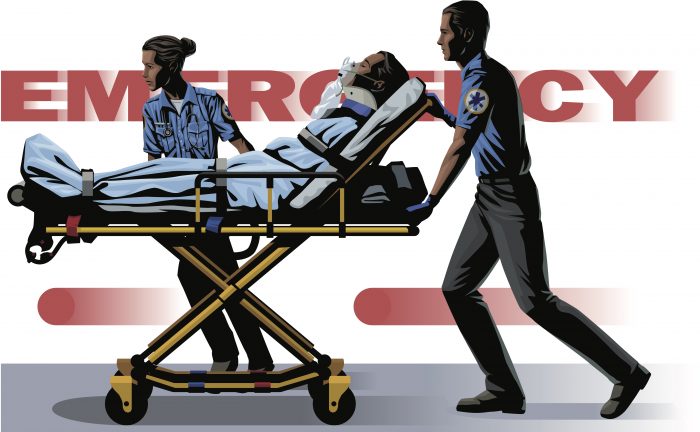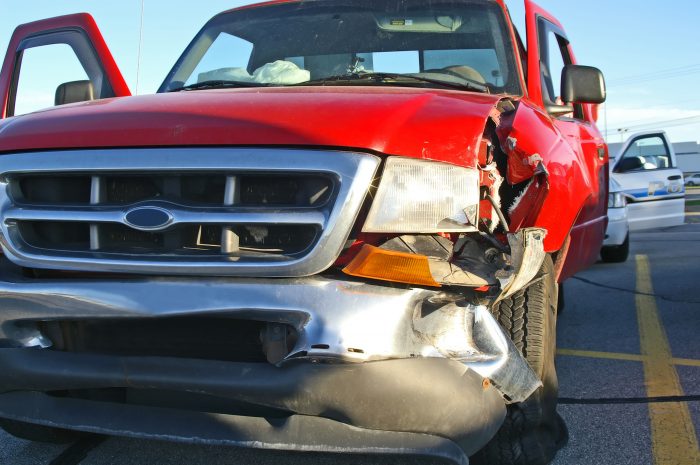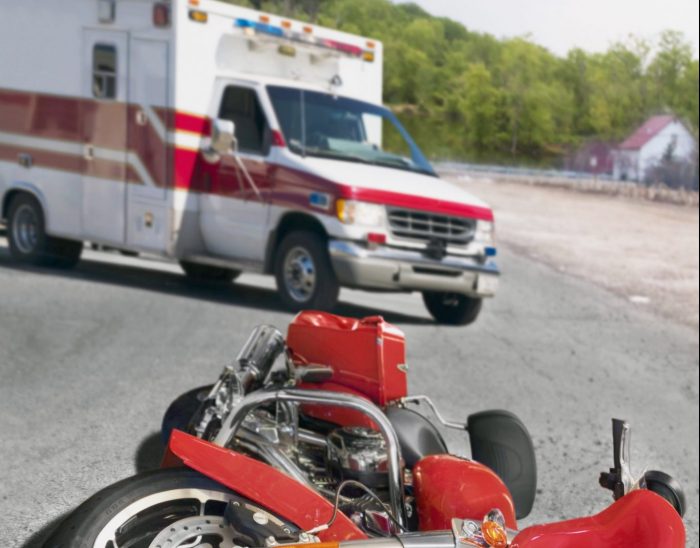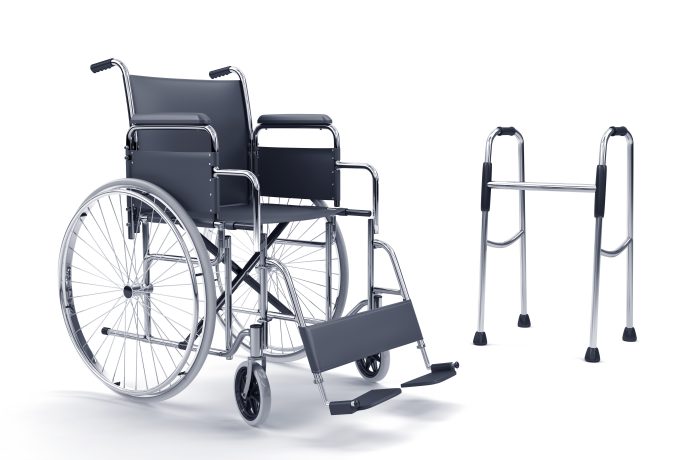By A. Craig Purcell, Esq.

So many Long Islanders, both young and old, ride motorcycles these days that we are constantly being asked about insurance coverage available for this exceedingly common means of transportation and recreation.
The first thing you need to know is that you can obtain motorcycle insurance, and more importantly, liability insurance for motorcycles is mandatory in the State of New York. This means you must insure your motorcycle in order to register it here.
What type of insurance is mandated for motorcycles? The motorcycle must have liability insurance in the minimum amount of $25,000, as is the minimum for all New York automobiles. The standard minimum coverage for both is as follows:
— $ 25,000 in bodily injury per person
— $ 50,000 in total bodily injury per accident
— $ 10,000 in property damage per accident while operating your motorcycle
This requirement means that if you are at fault for someone else’s injury, these are the minimum protections for your liability. Remember, these are only the state required minimum coverages, and higher coverage amounts are strongly recommended to protect your assets.
It is important to understand that no-fault insurance coverage (personal injury protection) is unavailable for motorcycles. This means that your medical bills will not be paid by your own insurance company. This differs from the policy covering your own automobile, which insurance coverage requires that your reasonable medical bills be paid by your own company even if the accident was your fault.
As our first article in this series, “Only pay for what you need. The question then becomes: What do you need?” explained supplemental underinsured coverage is extremely important and mandatory for motorcycles, as well as automobiles.
As emphasized in that article and throughout this series, obtaining more than the minimum amount of coverage available (as outlined above) is highly recommended and should be discussed with your insurance broker or insurance company.
In concluding our discussion concerning motorcycle coverage, we wish to emphasize our strong advice to resist the temptation to purchase the minimum coverage allowable in the state, and obtain more than the minimum coverage mandated. Do not let the additional costs persuade you from paying for what you and your family really need to protect your assets and give you peace of mind.
Please see our March and April columns explaining what No-Fault Insurance coverage means for you and your family in addition to our June column discussing the MVAIC and its applicability to motorcyclist’s claims.
A. Craig Purcell, Esq. is a partner at the law firm of Glynn Mercep Purcell and Morrison LLP in Setauket and is a former President of the Suffolk County Bar Association and Vice President of the New York State Bar Association.











